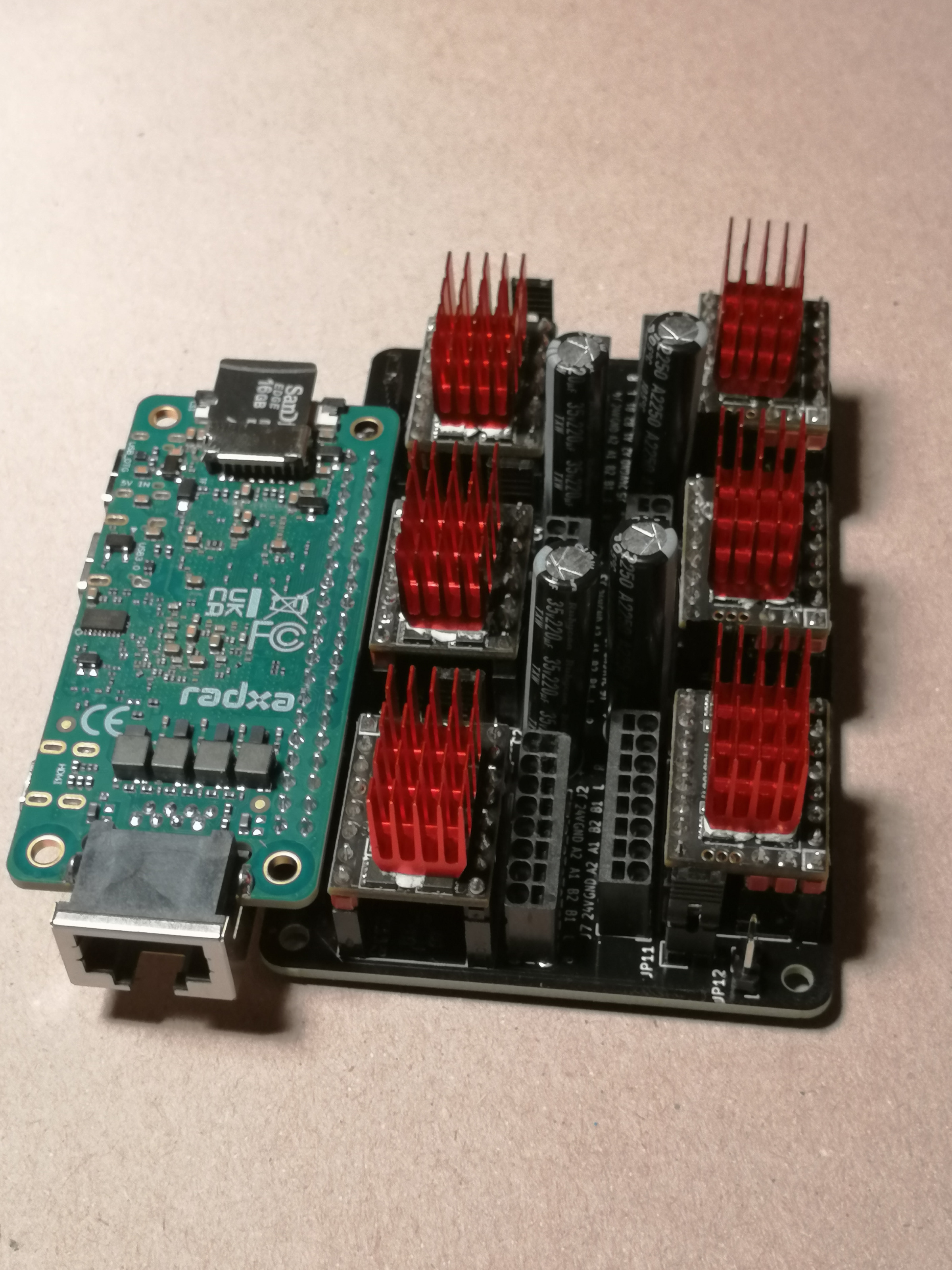Search Results (Searched for: )
- Didi
- Didi
21 Apr 2025 07:42
- dctrytsman
- dctrytsman
21 Apr 2025 06:47
- spumco
- spumco
21 Apr 2025 04:29
Replied by spumco on topic After homing X and Y, can I auto move to a non 0,0 location?
After homing X and Y, can I auto move to a non 0,0 location?
Category: General LinuxCNC Questions
- ffffrf
- ffffrf
21 Apr 2025 04:13 - 21 Apr 2025 04:20
- RushA
- RushA
21 Apr 2025 00:55
Replied by RushA on topic A simple question: How to use EXPORT_SYMBOL()
A simple question: How to use EXPORT_SYMBOL()
Category: General LinuxCNC Questions
- pgf
- pgf
21 Apr 2025 00:53
- machinedude

21 Apr 2025 00:00
Replied by machinedude on topic Black Friday Deal got me :)
Black Friday Deal got me :)
Category: Plasma & Laser
- rodw

20 Apr 2025 22:04
Replied by rodw on topic Are the program's extents available to the g-code?
Are the program's extents available to the g-code?
Category: General LinuxCNC Questions
- rodw

20 Apr 2025 21:49
Replied by rodw on topic After homing X and Y, can I auto move to a non 0,0 location?
After homing X and Y, can I auto move to a non 0,0 location?
Category: General LinuxCNC Questions
- rodw

20 Apr 2025 21:36
Replied by rodw on topic Should I switch from AXIS to QtDragon?
Should I switch from AXIS to QtDragon?
Category: Qtvcp
- spumco
- spumco
20 Apr 2025 21:14
Replied by spumco on topic After homing X and Y, can I auto move to a non 0,0 location?
After homing X and Y, can I auto move to a non 0,0 location?
Category: General LinuxCNC Questions
- spumco
- spumco
20 Apr 2025 21:03
Replied by spumco on topic Determining Angular Scale - Help w/ Microsteps
Determining Angular Scale - Help w/ Microsteps
Category: Configuration Tools
- cmorley
- cmorley
20 Apr 2025 20:42
Replied by cmorley on topic QtDragon_hd + Basic Probe - probing results not displayed
QtDragon_hd + Basic Probe - probing results not displayed
Category: Qtvcp
- 3404gerber
- 3404gerber
20 Apr 2025 20:13
Replied by 3404gerber on topic Configuring 6 axis robot arm with lcnc
Configuring 6 axis robot arm with lcnc
Category: HAL
- langdons
- langdons
20 Apr 2025 19:45
Replied by langdons on topic Should I switch from AXIS to QtDragon?
Should I switch from AXIS to QtDragon?
Category: Qtvcp
Time to create page: 0.303 seconds

